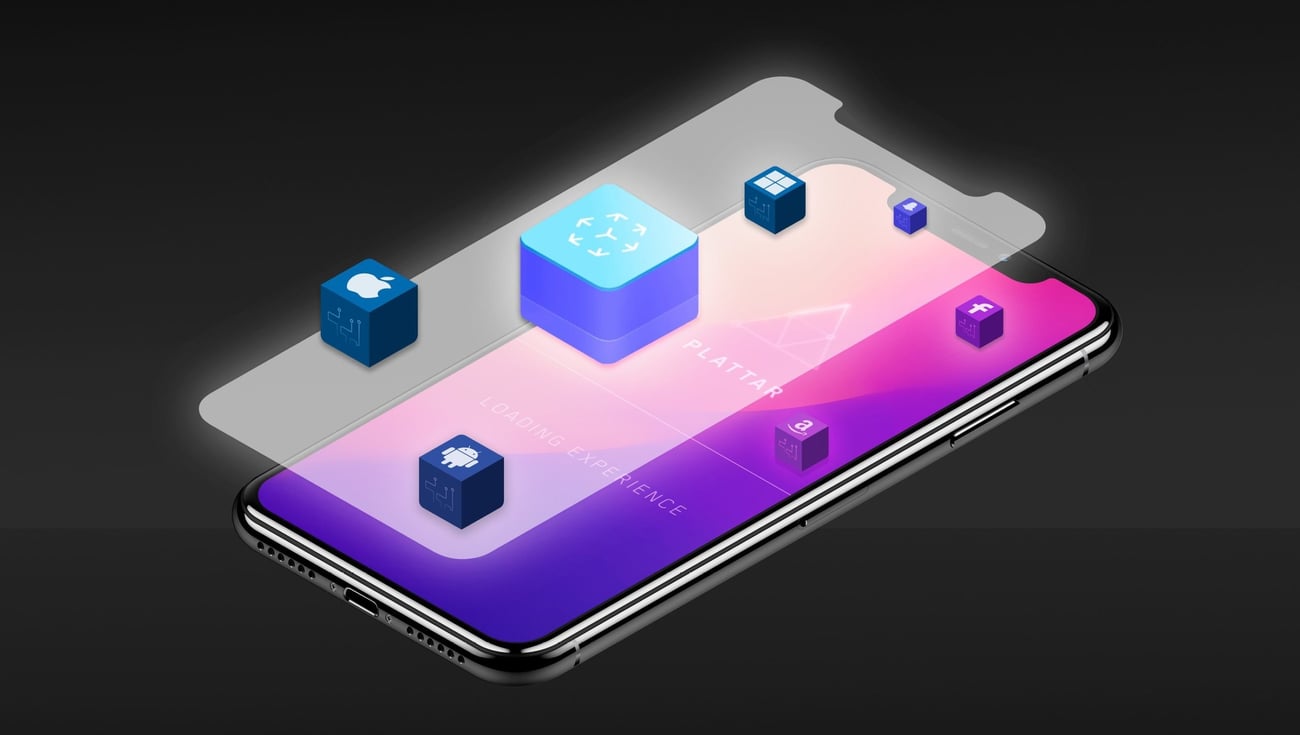
It wasn’t long into our interview before Deans declared ‘2018 has been the year of the augmented web’. While it could sound bias, it’s also valid. His evidence for this is that tech behemoth Google released an API designed for web-based AR content, currently shipping in its Chrome Canary experimental browsers, while Apple has launched its AR Quick Look feature for Safari with IOS 12. These developments are compounded by further innovations from Microsoft, Facebook and Snap, which has piqued the interest of retailers and brands.
“AR is moving from a boutique app experience to something that will ‘just work’ using your mobile phone camera and browser. This makes use cases like visualising products in your space accessible and is transforming the way people browse and purchase online,” Deans says.
Plattar came to being in 2016 when Deans – who was previously the founder of One Fat Sheep, which was behind Idealog’s 2017 AR cover – saw the opportunity to take AR to the web. Following the launch, it managed to secure $1.2 million of seed funding – led by News Corp Australia – then set sail for Melbourne to join into the lucrative AR market.
“We made the call three years ago that augmented reality would become browser based. So we were super lucky, as we didn’t know Google and Apple would go down that path at the time. We then made the call to build out our platforms, and the market aligned to us,” Deans says.
It’s no doubt the direction into web-based AR has payed off for Plattar, as confluent movements in the market and strong technological development has enabled the company to build out its platform, take its product to market, allegedly quadruple its SaaS revenue, and collaborate with previously mentioned behemoth brands Google and Apple. It also boasts an impressive customer list of brands and manufacturers such as Saab, Fonterra, REA Group, Unilever, among others.
“So it is still early days, but what makes Plattar distinct is that we have been doing it longer than anyone else. Our difference is that we are one platform that enables users to deploy augmented reality content across multiple touch points. We’ve got the full end to end visualisation stack to enable retailers, brands and manufacturers put products into the customers hands.”
The technology enables users to visualise a product in their home where they can augment instantly using their mobile phone. Dean says the technology can be valuable for customers when products are costly – like having the ability to visualise a bed in your room before you buy it. So, how will it transform the growing e-commerce space?
“It will take it to the next level, retailers can now basically find a really seamless engaging user-experience to allow customers to bring products into their own environment to make a more informed decision. It transforms the way customers buy, so if you were in retail this is a way to get a point of difference,” Deans says.
The technology is not only applicable to retail, but has a variety of applications; from manufacturing purposes, training and education, to brand experience. For example, Plattar is working with Fisher and Paykel to enable customers across any marketplace to virtually bring up a product in their own context to see how it might fit into a particular factory or industrial environment, instead of having to ship goods across the world.
It’s also been a point of difference for brands who are now able to bring their stories to life. One recent example is Providore Wines, who recently debuted New Zealand’s first augmented reality wine through Wellington-based creative digital studio Maggle.
Deans says there are also many other emerging uses. For example, some airlines have looked into visualising what size your cabin bag has to be before you take it on the plane. So, how will the technology develop in the next five years?
“Where it is all heading, a lot of native functionalities that are in apps are going to come through into web. Some of these functionalities are not quite there yet, for example, you can’t do audio and interactive animations. So in the next few years, we hope to see the same technology stack that is available on an app available on a web layer.”




